What Is the VAT Flat Rate Scheme for Small Businesses?
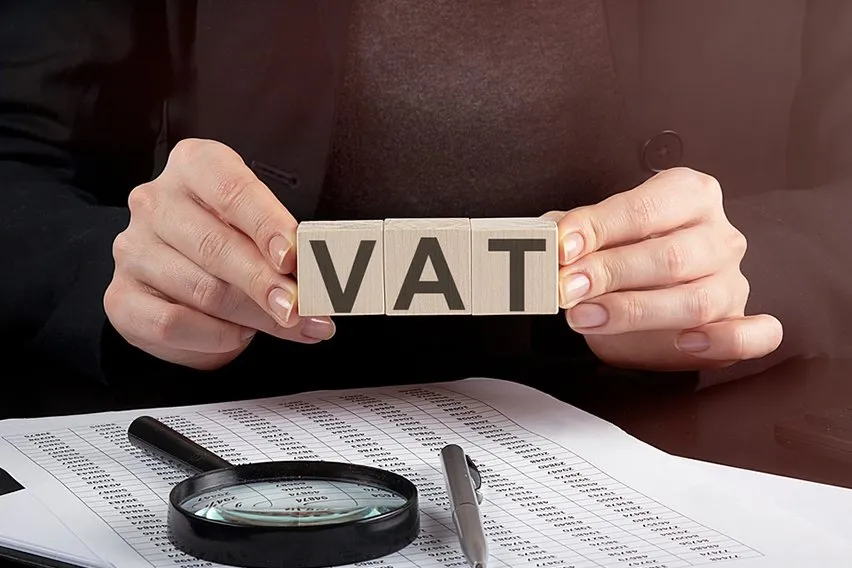
As a small business owner, you might charge value-added tax (VAT) to your customers when they purchase a product from you. There’s a lot that can go into filing your VAT returns and it’s important that you include the right information.
VAT is levied on goods and services that you sell to customers. There is a taxable threshold of £85,000 that determines if a business is required to register for VAT. But, even if your business has a lower turnover you can still apply for VAT if it’s in your best interest.
To help organize all these details, the Flat Rate VAT Scheme got introduced for certain business services.
Here’s What We’ll Cover:
What Is the VAT Flat Rate Scheme?
How Can a Small Business Benefit From the VAT Flat Rate Scheme?
VAT Flat Rate Scheme Eligibility and Conditions
What to Include in Your VAT Return
What Is the VAT Flat Rate Scheme?
Typically, the VAT that you pay or claim with HMRC is the difference between the amount charged to customers and the amount your business pays in VAT. And the VAT Flat Rate Scheme works in a similar way compared to the standard VAT scheme, but with a few differences.
You would charge VAT to customers when they make a purchase in the same way you usually would. But the amount of VAT you need to pay HMRC will get calculated based on a flat percentage of your turnover. Here are the main differences with the Flat Rate Scheme:

- You will pay VAT at a fixed rate to HMRC
- You will keep any difference between the amount your customers get charged and the amount you pay to HMRC
- You can’t reclaim VAT on purchases except for some capital assets valued at over £2,000
For your small business to join the Flat Rate Scheme, you must apply to HMRC and your VAT turnover can’t exceed £150,000, excluding VAT, in the next 12 months.
How Can a Small Business Benefit From the VAT Flat Rate Scheme?
The Scheme was designed and implemented to help simplify records of purchases and sales. Fixed rates are going to vary depending on the type of business that you operate. But regardless of the goods that you sell, the Scheme is meant to offer the following benefits.
- Create simplified record-keeping since you don’t have to keep detailed invoices and records
- The fixed rates are lower than the standard VAT rate
- The lower rates will allow you to better manage cash flow
VAT Flat Rate Scheme Eligibility and Conditions
There are some eligibility requirements and conditions your business must meet in order to qualify for the VAT Flat Rate Scheme. To be eligible, your business must:
- Be eligible to register for VAT
- Have a taxable turnover that doesn’t exceed £150,000, excluding VAT, over the next 12 months
- Not be associated with any other business
If your forecasted taxable turnover turns out to be too low or too high, HMRC won’t penalise you. This is as long as you can prove that there were reasonable grounds for you to forecast what you did. The best thing you can do is keep detailed records of the figures used to calculate your turnover.
Businesses cannot join the VAT Flat Rate Scheme if they:
- Used to be part of the scheme but left less than 12 months ago
- Have been charged penalties for a VAT offence within the past 12 months
- Use a second-hand margin scheme
- Are closely associated with another business

What to Include in Your VAT Return
It’s important to remember that with the Flat Rate Scheme you aren’t able to claim back any VAT from purchases. However, you can claim back VAT if you buy a capital asset that is £2,000 or more.
But, when it comes to including sales in your return, you need to include all the relevant details. Make sure to include any sales that charge the standard rate, the reduced rate and the zero-rated rate. You can leave out exempt sales that aren’t within the VAT scope.
Key Takeaways
If you think that your business will benefit from the VAT Flat Rate Scheme, you can apply directly to HMRC. There are just a few criteria that your business needs to meet. As long as your business is eligible for VAT and has a turnover of less than £150,000 in the next 12 months, you should be eligible.
Implementing the Flat Rate Scheme can help your small business simplify purchase and sale records. This will help make your record-keeping easier since you won’t need to keep detailed invoices and records. Plus, the fixed rates that are in the Scheme are lower compared to the standard VAT rate.
Take a look at the HMRC website for a further breakdown of which business types are eligible for the VAT Flat Rate Scheme. The business type that you operate will determine what the flat rate percentage will be.
For example, the current VAT flat rate for agricultural products is 11% compared to 10.5% for a travel agency. And there can be even more of a difference, such as 4% for retailing food compared to 12% for an estate agency or 12.5% for catering services.
Once you have figured out if your business is eligible for the VAT Flat Rate Scheme, you can apply directly on the HMRC website.
Did you enjoy reading this guide? Head on over to our resource hub for more!
RELATED ARTICLES

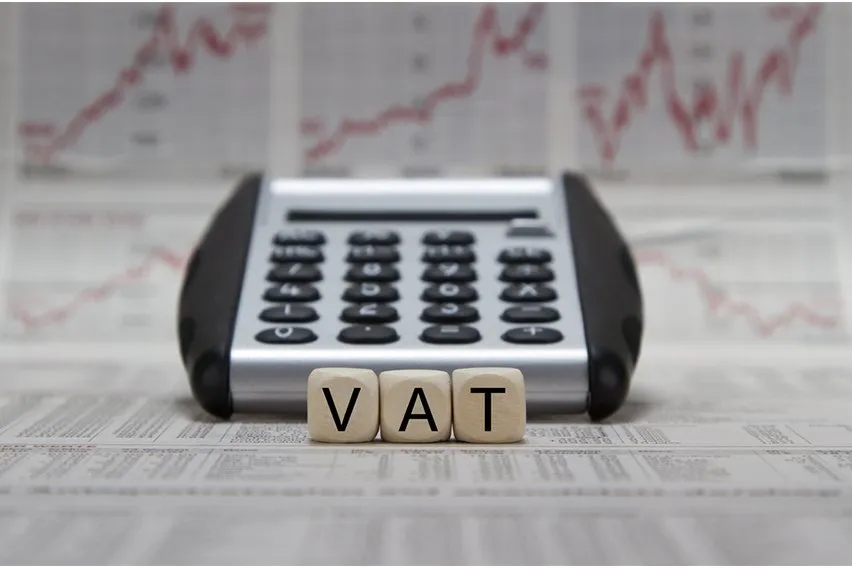 What Is Import VAT and How Does It Work?
What Is Import VAT and How Does It Work?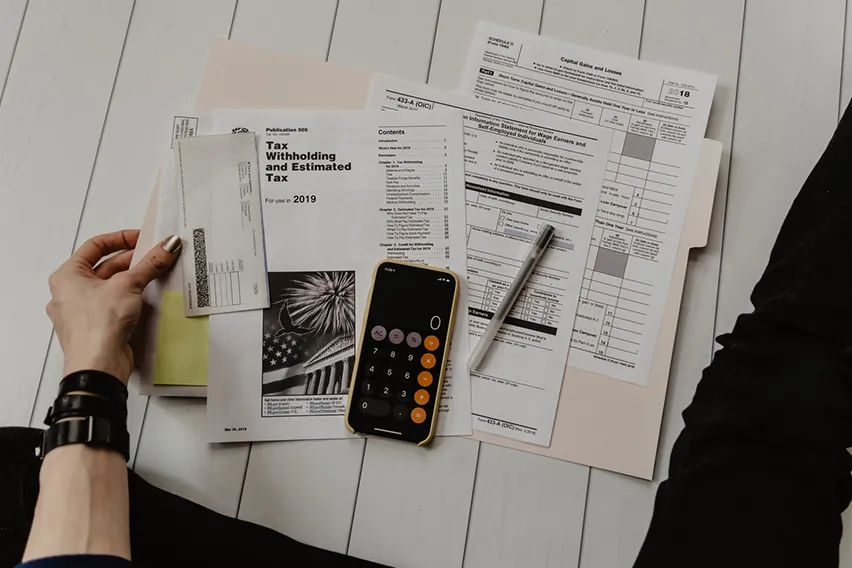 What Is Income Tax & How Does It Work?
What Is Income Tax & How Does It Work?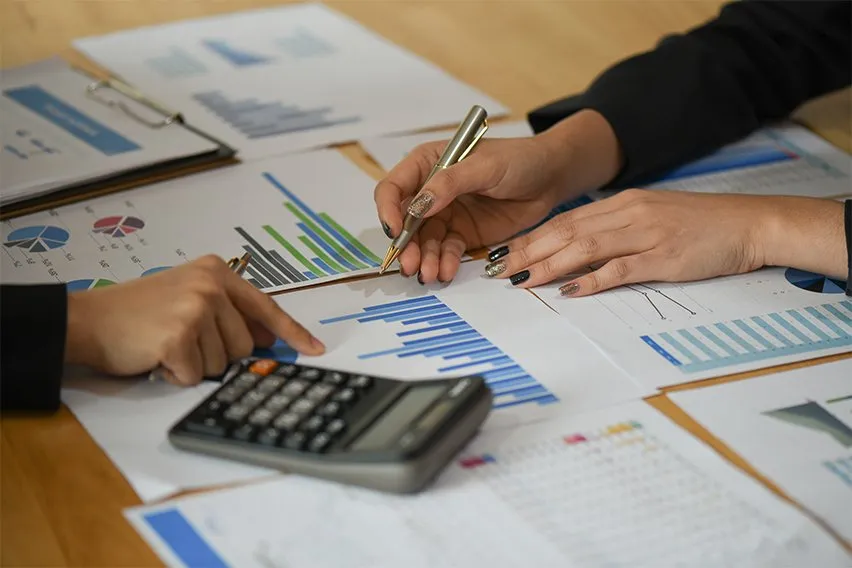 Difference Between Flat Rate Vat Vs Standard Rate Scheme
Difference Between Flat Rate Vat Vs Standard Rate Scheme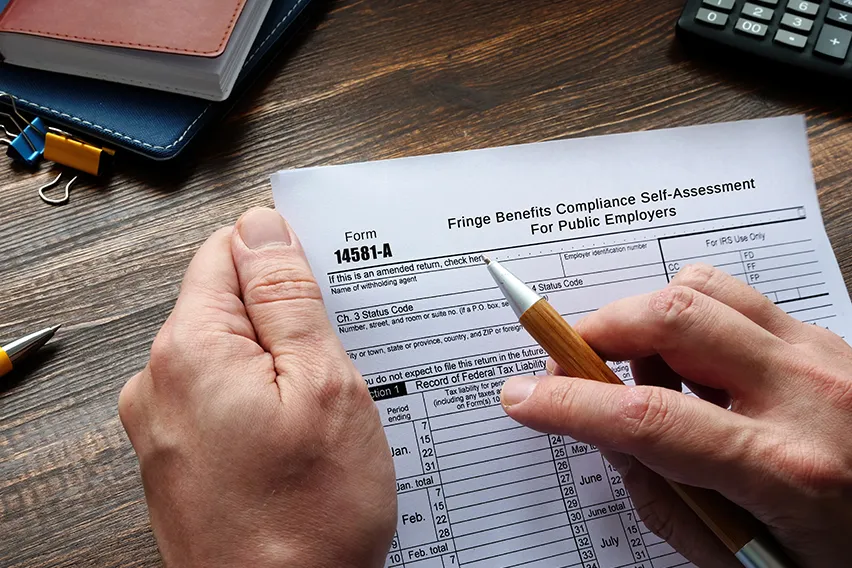 How Do I Pay My Self Assessment Tax Bill?
How Do I Pay My Self Assessment Tax Bill?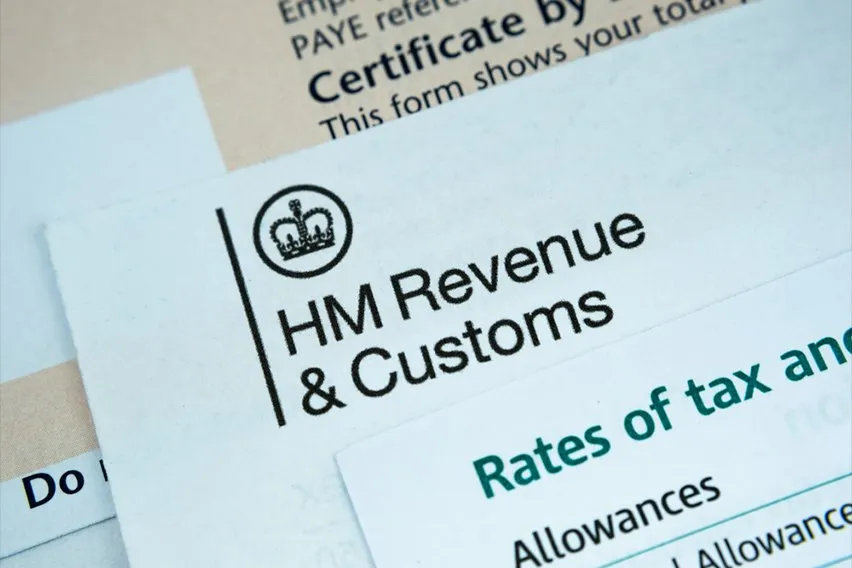 How to Use P87 HMRC Form to Claim Tax Relief?
How to Use P87 HMRC Form to Claim Tax Relief?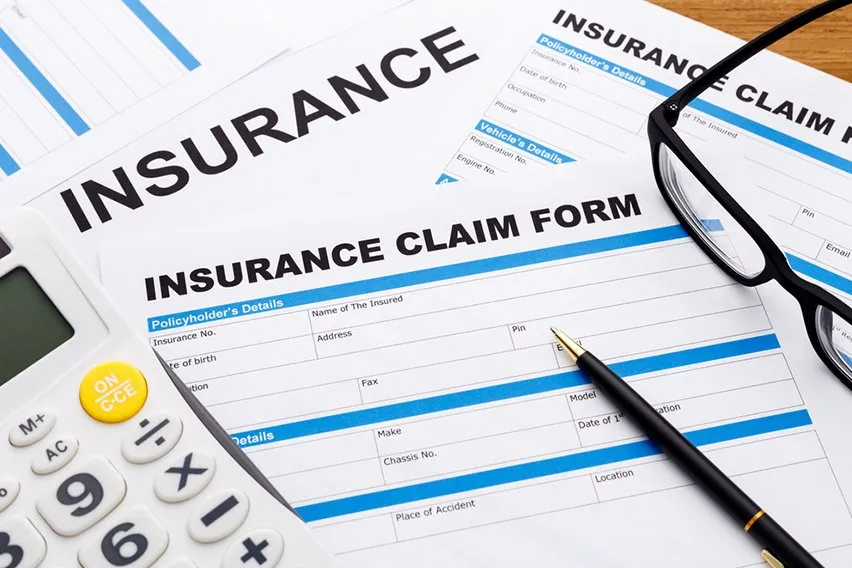 SEISS – What It Is and How To Claim It
SEISS – What It Is and How To Claim It